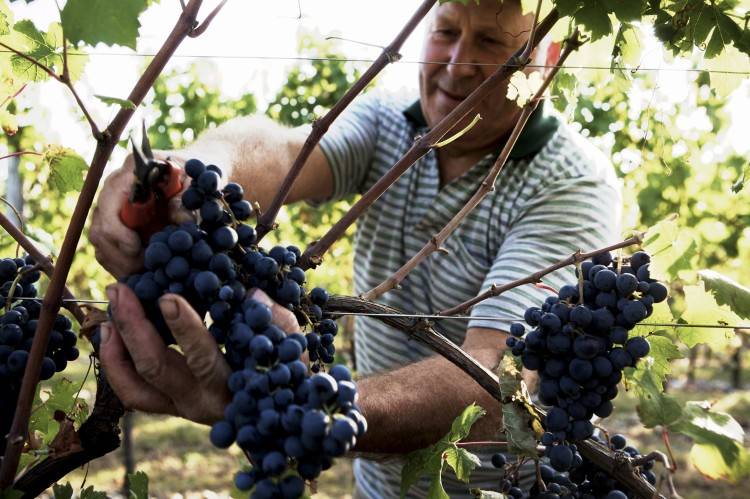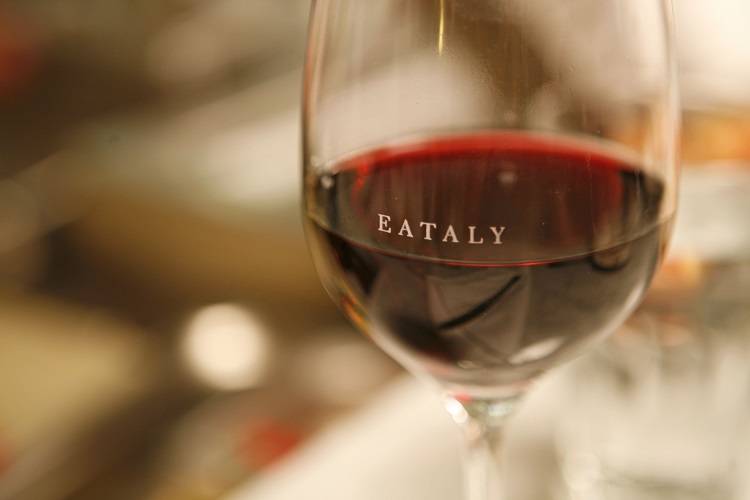Friuli Venezia Giulia, the Perfect Terroir for Wine.
Using native and international varietals, locals combine traditional techniques and modern technology to produce pure, aromatic wines. Friuli Venezia Giulia has more than a dozen DOC and DOCG-certified wine zones, two of which are of especially acclaimed: Collio and Colli Orientali. These adjacent areas follow the border of Slovenia.
The mild climate allows for a long, slow growing season, balancing the grapes’ sugar and acidity levels. Across the region, the soil is comprised of limestone, marl, and sandstone, adding a mineral depth to white and red wines alike. For example, vineyards overlooking the Trieste Gulf in the DOC Carso region produce grapes with distinct character thanks to the bare, rocky surfaces, red soil, and scarcity of water in the area. It requires highly talented winemakers who know just how to work the land, and understand the difficult climatic conditions, to produce some of the finest wines in the country.
WHITE WINES
Friuli Venezia Giulia’s white wines are typically refreshing with a delicate fragrance and floral flavor. The signature white is Friulano (formerly known as Tocai Friulano), a native varietal that ranges from light and crisp to rich and full-bodied. In fact, this grape alone accounts for nearly a third of the region's vineyard plantings. The region is also known for its other native varietals, Malvasia Istriana, Ribolla Gialla, and Verduzzo, in addition to admirable foreigners, Sauvignon, Chardonnay, Pinot Bianco, and the ever-popular Pinot Grigio.
In recent years, local wineries have begun to revive varietals that had been neglected, such as the legendary Picolit, a white that ranked as one of Europe’s finest sweet wines around 1800, when it was favored by the Hapsburgs and other royal families. Despite low yields, Picolit has enjoyed a comeback.
Distributed across the world, these wines are produced primarily by small wineries and estates. Many producers consider their whites to be too pure and linear to benefit from aging in oak. However, there are a growing number of exceptions, resulting in white wines that gain depth and complexity from blending, oak aging, and other artistic touches.
RED WINES
While not the stars of the Friulian wine world, the region's reds are also excellent. They tend to be traditionally light, fruity, and best enjoyed young. The world-famous Merlot is the most widely planted varietal in Friuli Venezia Giulia, but the native varietals shine as well. From tangy Refosco to bold Schioppettino, many of the best varietals come from Collo Orientali, the aforementioned DOC zone in the foothills of the Dolomites. Though rare and odd, Franconia and Tazzelenghe make distinctive reds, as does the even rarer Pignolo.
Ready to jump on a plane for a glass of that Friulano wine? At Eataly Vino, we feature a wide selection some of the top producers from the region, including Le Vigne di Zamo, Borgo Conventi, Scarbolo, Bastianich, and Gradisciutta. Ask our wine shop experts for a recommendation for a taste of these unique Italian vini.





































i-Italy
Facebook
Google+
This work may not be reproduced, in whole or in part, without prior written permission.
Questo lavoro non può essere riprodotto, in tutto o in parte, senza permesso scritto.